Integrating Algorithms for Occupational Noise
Equates continuous sound level and sound exposure after choosing a time period, an ideal tool for occupational noise measurements, such as those required by the Controls of Noise at Work Regulations or OSHA Occupational Noise standards. At the front line, ensure the protection of hearing and occupational safety for employees.
Class 2 Sound Level Meter
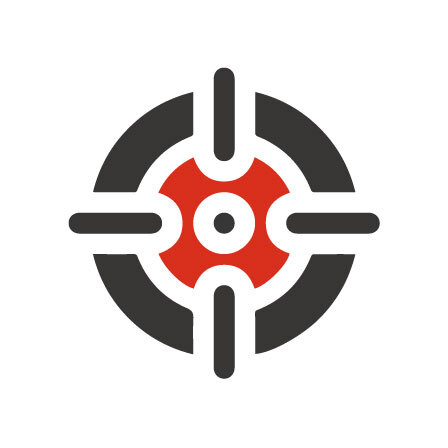
±0.7 dB High Accuracy
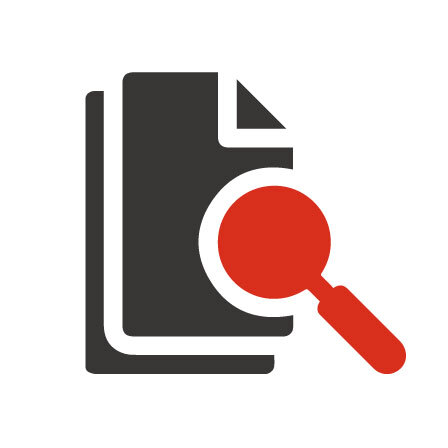
Adjustable A/C/Z Frequency Weightings
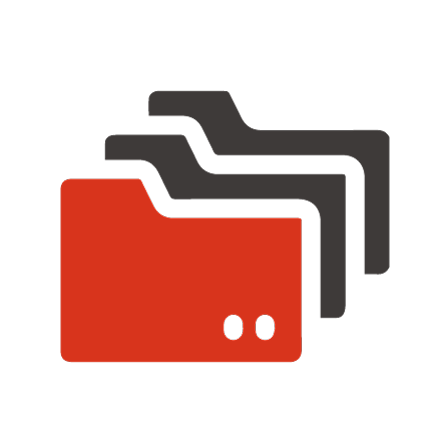
Integrating Algorithms for
Occupational Noise
ST-21D Sound Level Meters fully comply with IEC 61672:2013 standard. The meter measures and displays the equivalent continuous sound level and sound exposure within the selected time period, ideal for occupational noise measurements.
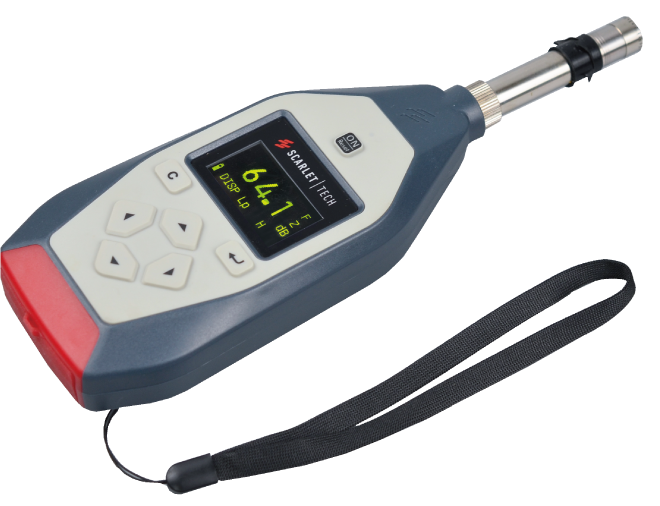
Integrating Algorithms for
Occupational Noise
ST-21D Sound Level Meters fully comply with IEC 61672:2013 standard. The meter measures and displays the equivalent continuous sound level and sound exposure within the selected time period, ideal for occupational noise measurements.
Data Logging & Precision Recording
Suitable for both measuring noise in real-time as well as capturing noise exposure over time. Condenser microphone for high accuracy and long-term stability. Built-in memory for recording sound and measurement results (including Start/Stop Time, %Dose, TWA). Low power consumption and USB port charging allow long-hour usage.
Data Logging & Precision Recording
Suitable for both measuring noise in real-time as well as capturing noise exposure over time. Condenser microphone for high accuracy and long-term stability. Built-in memory for recording sound and measurement results (including Start/Stop Time, %Dose, TWA). Low power consumption and USB port charging allow long-hour usage.
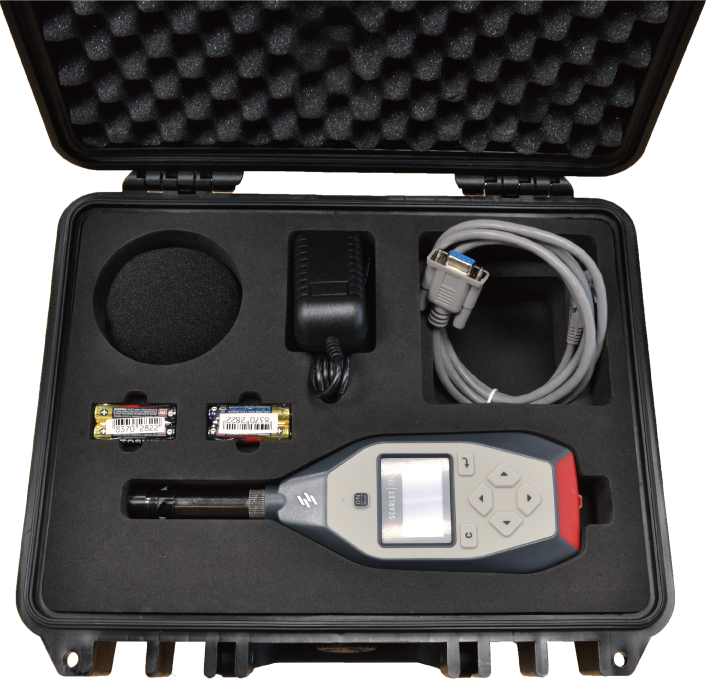
Feature
• IEC 61672-1:2013 Class 2 Standard
• 28-133 dB measurement range
• ±0.7 dB high accuracy
• 0.1 dB resolution
• 20-12.5k Hz frequency range
• A, C, Z frequency weightings
• Fast, Slow, Impulse, Peak time weightings
• RS232 Data Output / USB computer interface
• Data Logging & Record functions
• Measurement Report Printing
• Optional: Portable High-Speed Printer Kit

Feature
• IEC 61672-1:2013 Class 2 Standard
• 28-133 dB measurement range
• ±0.7 dB high accuracy
• 0.1 dB resolution
• 20-12.5k Hz frequency range
• A, C, Z frequency weightings
• Fast, Slow, Impulse, Peak time weightings
• RS232 Data Output / USB computer interface
• Data Logging & Record functions
• Measurement Report Printing
• Optional: Portable High-Speed Printer Kit
Where does Scarlet Sound Level Meter Apply
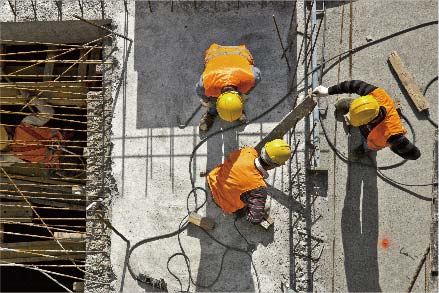
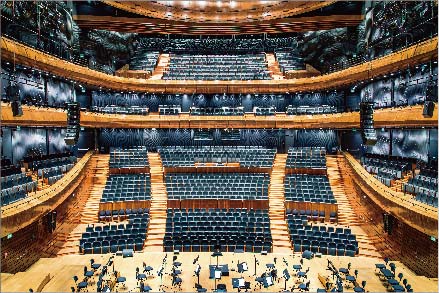
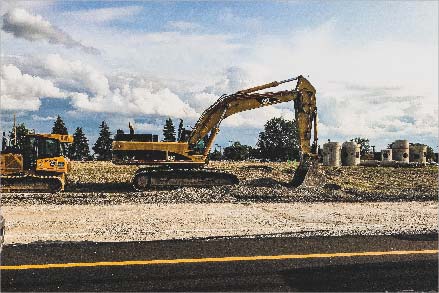
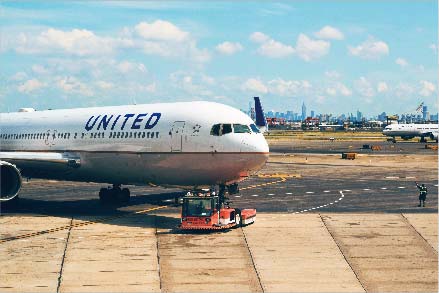
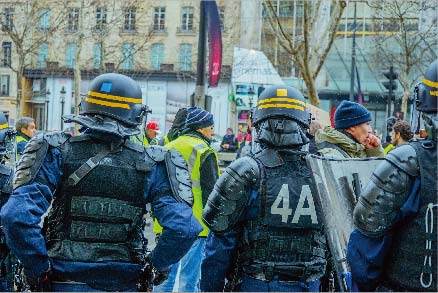
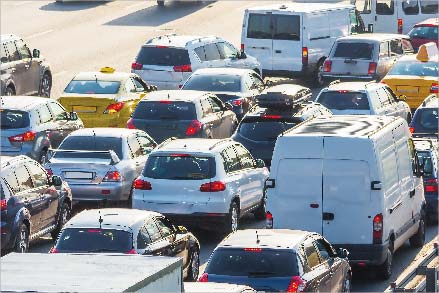
| Model | ST-21D |
| Fulfils Standard | IEC 61672:2013 Class 2 |
| Dimensions | 310×72×32 mm |
| Normal frequency | 20 Hz~12.5 kHz |
| Measurement range | 28~133 dB |
| Measurement Level | Z(FLAT): 38 ~ 130dB / C peak: 145dB / Z(FLAT): peak: 145dB |
| Main Parameters of Measurement | LFp, LSp, LIp, Leq,t, Lpeak, Leq,T, LFmax, LFmin, LSmax, LSmin, LImax, LImin, SEL, Lex8h, LAVG, TWA, DOSE, Ln1, Ln2, Ln3, Ln4, Ln5, SD,Ts, Tm, Volt, E. |
| Display | 128×64 OLED |
| Weight | 0.4kg |
| Application | Sound level meter/ Noise Dosimeter/Data logging & Precision recording(Opt) |
| Power Supply | battery 4×AAA or external power supply |
A Class 1 Sound Level Meter is a noise measurement instrument that meets the requirements of IEC 61672-1:2002 (or an equivalent such as BS EN 61672-1:2003) to Class 1 performance.
This standard specifies two levels of performance, Class 1 and Class 2, with Class 1 being effectively more accurate. Within the standard are a set of performance criteria that an instrument must meet and each of these has a tolerance associated with it. The tolerances for Class 1 are tighter than for Class 2. For example, at the reference frequency of 1kHz, the tolerance limits for Class 1 are +/- 1.9dB and for Class 2 the tolerance is +/- 2.2dB.
A simple sound level meter that meets the standard may only provide Sound Pressure measurements whereas a much more sophisticated instrument may provide for the measurement of Sound Pressure, Leq and Peak Sound Pressure.For example, the Noise at Work Regulations which are used in the UK requires, as a minimum, the measurement of LAeq and LCPeak.
Whether you need a Class 1 or a Class 2 sound level meter will depend largely upon the application that you will be using the instrument for.
If you are working to an environmental noise standard then this may specify that the instrument should be Class 1. For example, ISO 20906:2009 “Unattended monitoring of aircraft sound in the vicinity of airports” states that “..shall conform to the electroacoustical performance specifications of IEC 61672-1 for a class 1 sound level meter.”
The Class 1 sound level meter tend to measure lower levels due the sensitivity of the microphone capsule. This is particularly relevant for environmental noise surveys where low noise levels are being measured. Finally, you may choose Type 1 for important legal applications as the evidence from the more accurate meter may be more convincing, even when the regulations do not demand it. Class 1 sound level meter is preferred for the design of cost-effective noise controls.
Related Products
ST-25D Class 2 Sound Analyzer
The most high-grade selection of real-time 1 / 1 octave band analysis



















